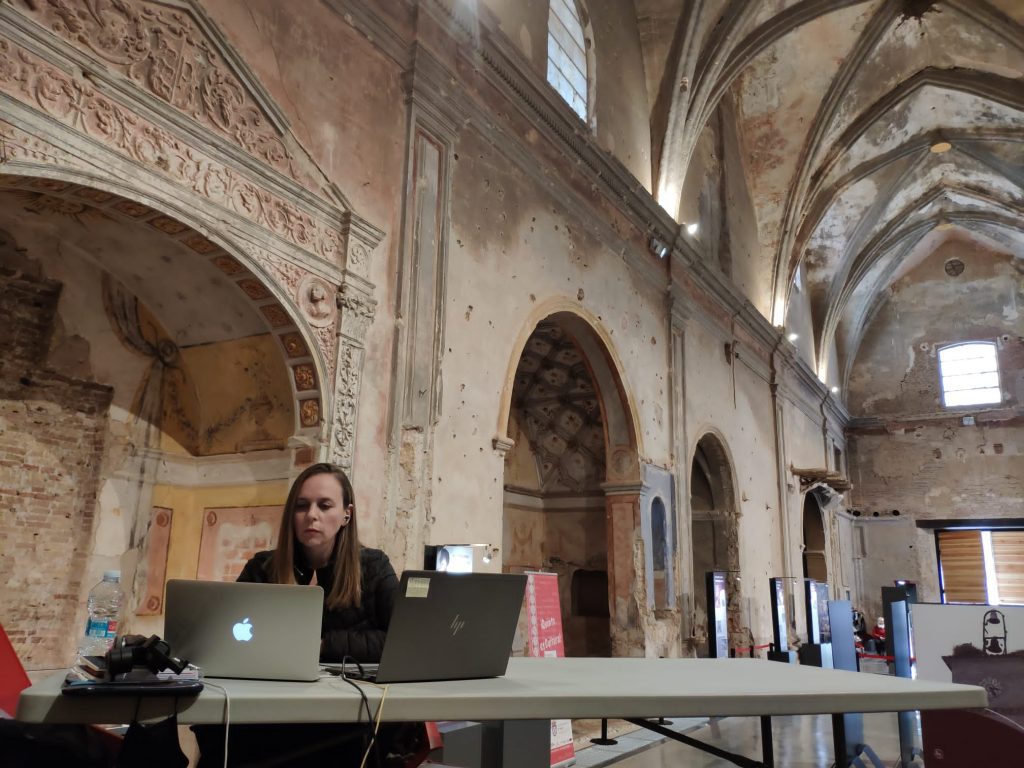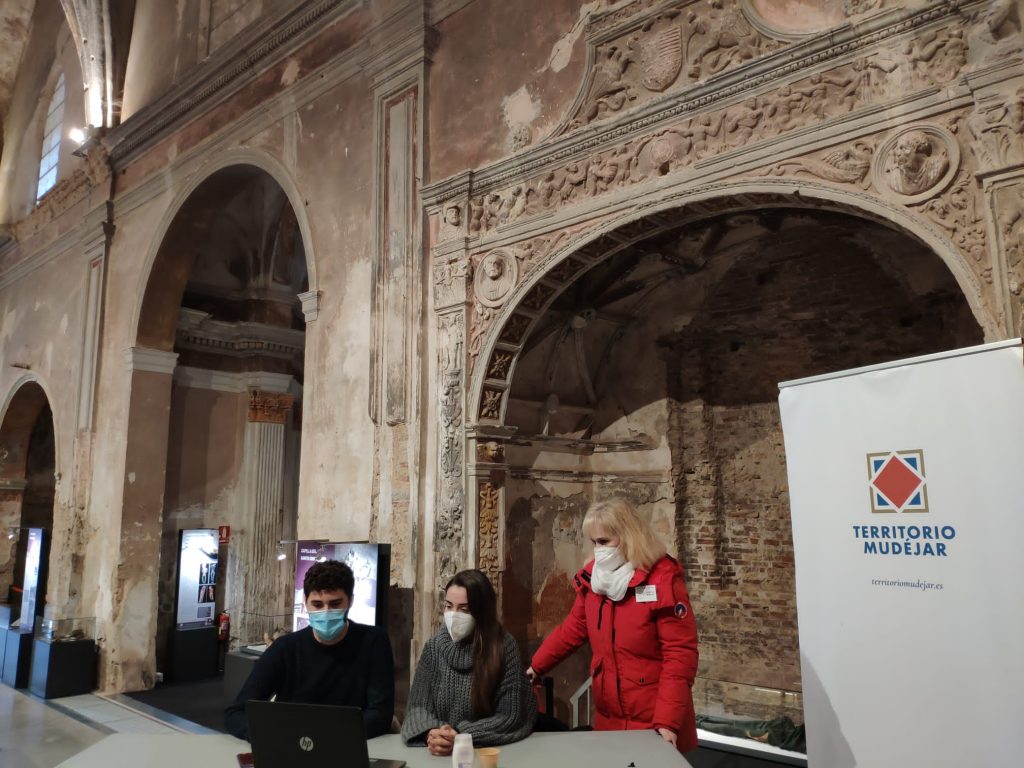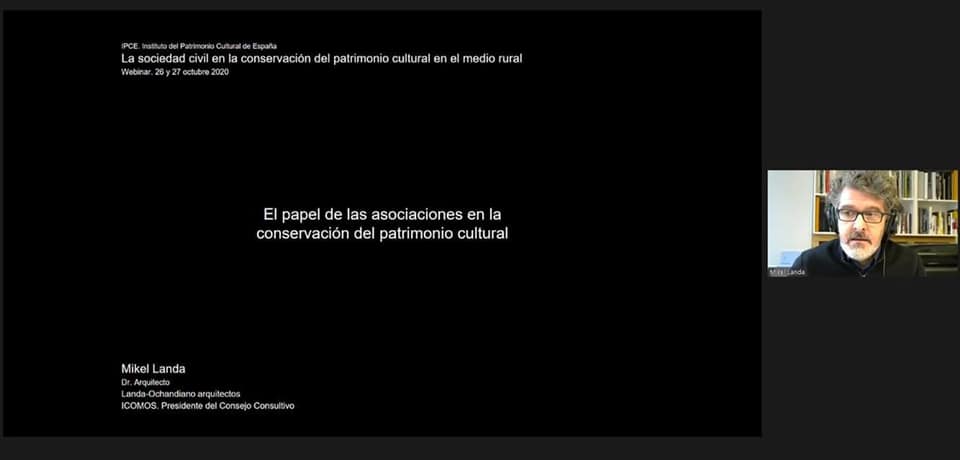Would you like to work in the classroom with educational materials on the Mudejar identity of the villages? Do you understand the heritage space as an innovative learning space?
In the coming weeks the first action of the project “Rural school in motion” will begin, an introductory course to the project in which Territorio Mudéjar offers to those interested in linking education, heritage and innovation to know the starting point and the methodology with which it will work until mid 2022 together with seven of the local development groups in the province of Zaragoza coordinated by the ADRI Calatayud Aranda group.
“Rural school in motion” is a cooperation project between rural development groups coordinated by the ADRI Calatayud-Aranda group, together with Cedemar, Adefo Cinco Villas, Asomo Moncayo, Adrae Comarca Alta del Ebro, Fedivalca y Adri Jiloca Gallocanta, and financed by the Government of Aragon through the Leader programme and the Provincial Council of Zaragoza through the Territorio Mudéjar association, as a private collaborating entity that manages the implementation and execution of the initiative.
The aim is to develop educational materials related to the Mudejar identity of the villages, placing rural schools and the educational community of the villages at the centre of the project, with a triple purpose:
![]() Work on the introduction of the Mudejar heritage identity in the work programmes of schools beyond the artistic or complementary areas.
Work on the introduction of the Mudejar heritage identity in the work programmes of schools beyond the artistic or complementary areas.
![]() To involve the educational community in the valuation of the Mudejar heritage as part of their personal history, which favours the knowledge, conservation and dissemination of the identity of the localities.
To involve the educational community in the valuation of the Mudejar heritage as part of their personal history, which favours the knowledge, conservation and dissemination of the identity of the localities.
![]() To use the work carried out in schools as material for dissemination and tourist use on the Mudejar heritage of the villages for a family and children audience.
To use the work carried out in schools as material for dissemination and tourist use on the Mudejar heritage of the villages for a family and children audience.
![]() In the COURSE we will explain the working methodology and the results of the pilot project that was carried out in the CRA Vicort Isuela in the 2018-2019 academic year and which is the starting point for the implementation of the project in the schools of the villages of Territorio Mudéjar.
In the COURSE we will explain the working methodology and the results of the pilot project that was carried out in the CRA Vicort Isuela in the 2018-2019 academic year and which is the starting point for the implementation of the project in the schools of the villages of Territorio Mudéjar.
It will be taught by Laura Castejón and Víctor Gumiel, teachers who carried out the design and testing of the pilot project, and Victoria E. Trasobares, director of Territorio Mudéjar who has extensive experience in the management and implementation of Mudejar heritage management projects in rural areas.
The Department of Education has included it as an approved course in its catalogue of ongoing teacher training activities and recognises the training hours.
The course will be carried out on-line through the entity’s digital work platform that we will set up for the specific training.
Course information: https://mcusercontent.com/…/c70fb223…/CURSO_CIRCULAR.pdf
Application form:
Option 1: If you have a certificate or electronic signature https://doceo.catedu.es/…/portadaInitConsultarActividad…
Option 2: If you do not have a certificate or electronic signature, write a message to: info@territoriomudejar.es
Project information: https://mcusercontent.com/…/9591a…/PROYECTO_CIRCULAR.pdf
If you have any doubts or you want to consult us about any particular issue you can call us on 876 634 125 or write an email to info@territoriomudejar.es




















